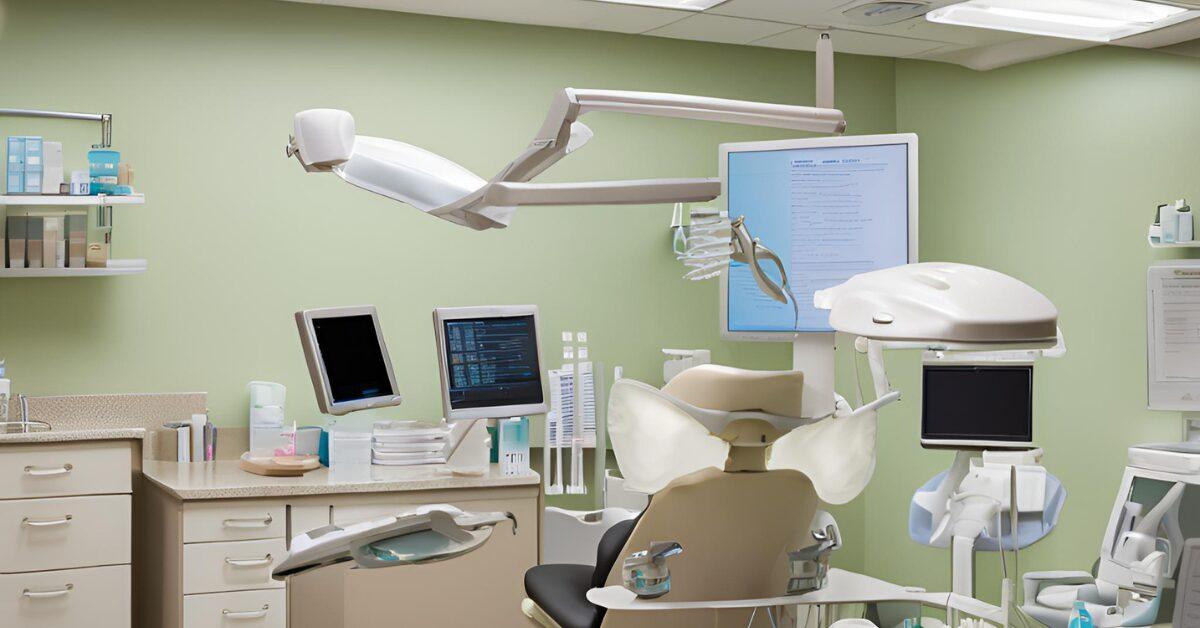In the busy modern health care system, dental practices are becoming more and more complicated as far as billing procedures and the revenue cycle is concerned. Dental medical billing is an approach that has been developed to make sure that dental healthcare providers are repaid for the work that they have done.
WHAT IS DENTAL MEDICAL BILLING?
Dental medical billing is responsible for billing insurance claims for patients who have had dental work done and wishing to get paid for such work. It is similar to general medical billing in that it utilizes dental procedure codes (CDT codes) and on rare occasions medical codes (CPT or ICD codes) to facilitate appropriate processing and reimbursement related to claims.
CHALLENGES FACED IN DENTAL MEDICAL BILLING OF PATIENTS:
Dual Insurance Coverage Problems
The dentists need to be keen when patients’ insurances are both for medical and dental treatment services as there are various provisions that need to be straightened out.
Coding Problems
There are current dental terminology (CDT) codes that are used to provide dental services billing which are different from ICD and CPT which are used for medical services billing hence the need to avoid such mistakes is paramount in this line of work.
Authorization Requirements
Some procedures can only be done after guarantee of payment has been received from the insurers which makes payment reversal rather inconvenient if this procedure is ignored.
Claim Denials.
The claim would be denied due to mistakes in coding or lack of cogent documentation and this will have a negative impact on cash flow.
Verifying the patient’s insurance prior to the actual service provision is ideal in order to prevent any surprises in cost for the provider as well as the patient.
BENEFITS OF EFFICIENT DENTAL MEDICAL BILLING
Faster Reimbursements: Accurate claim submissions reduce delays and improve revenue cycles.
Improved Cash Flow: Timely payments help dental practices maintain financial stability.
Enhanced Patient Satisfaction: Clear communication about coverage and costs improves the overall patient experience.
Compliance with Regulations: Proper billing practices ensure adherence to insurance policies and legal requirements.
THE DENTAL MEDICAL BILLING PROCESS:
Confirm the patient’s coverage, benefits, and out-of-pocket responsibilities.
Procedure Coding
Use the correct CDT codes for dental procedures and, when needed, medical codes for crossing over into medical care (for example, oral surgeries).
Claim Submission
Submit claims electronically or manually to the insurance provider with accuracy and completeness of all information included.
Follow-Up and Appeals
Monitor claims and get denials or underpaid claims resolved promptly by way of resubmissions and appeals.
Communicate with patients regarding their respective financial responsibility and present any necessary payment plans.
OUTSOURCING DENTAL MEDICAL BILLING: IS IT RIGHT FOR YOUR PRACTICE?
For dental offices that find billing too much of a headache, outsourcing to a reputable medical billing service can be a lifesaver. What are some benefits of this?
- Accessibility to billers who have significant experience in dental and medical coding.
- Less administrative paperwork, so staff can pay attention to patients.
- Accurate claims acceptance and payments.
- Saving money on bills for an in-house billing staff as well as software.
MAIN DENTAL MEDICAL BILLING COMPONENTS:
Procedure Codes:
- CDT Codes (Current Dental Terminology): Specific to dental services.
- CPT/ICD Codes: Used at times when a dental procedure has medical implications, such as jaw surgeries and biopsies.
Pre-Authorization:
- Many insurance companies require a pre-approval for costly or complicated treatments. When getting pre-authorization, claim approval will be much smoother.
Coordination of Benefits (COB):
- Patients may have dental and medical insurance. The key is identifying the primary and secondary payer in order to bill appropriately.
Documentation:
- Detailed patient records, treatment notes, and imaging, such as X-rays, are crucial for support of claims and to avoid denial.
TIPS FOR SUCCESSFUL DENTAL MEDICAL BILLING:
Keep up with coding changes : CDT codes and insurance policies change with the seasons. Make sure the team knows what’s up so as not to error.
Train them: Billers need both dental and medical billing instructions.
Utilize technology : Use a more advanced system for billing that will help keep claims moving and patient account management running smoothly.
Track Key Performance Indicators (KPIs): Regularly track your KPIs, which could include claim denial rates and days in accounts receivable to track the health of your revenue cycle.
CONCLUSION:
Dental medical billing is an essential element of a thriving dental practice. Accurate claim submissions, management of insurance complexities, and an emphasis on patient satisfaction can drive maximum financial health while delivering quality care to patients. Whether you have in-house billing or outsource to professionals, investing in a smooth billing process is crucial to long-term success.
Need assistance with dental medical billing? Call us today to find out how our professional services will improve your practice’s efficiency and profitability!






